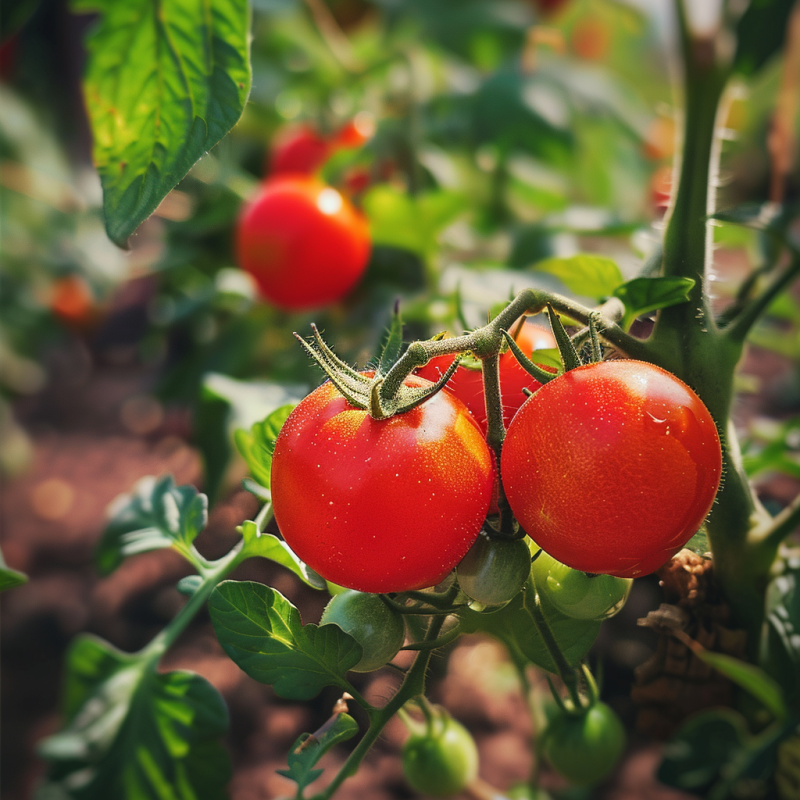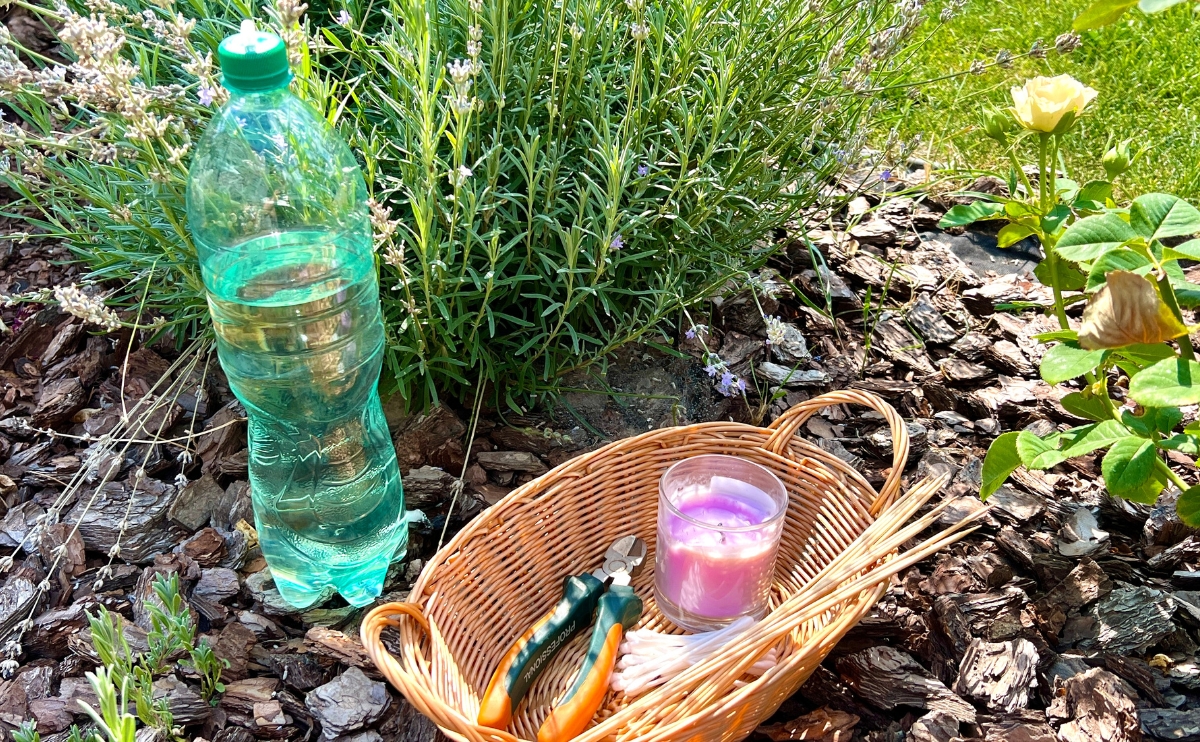If you’re planning to leave home and worry that your plants will dry out, there’s a simple solution to ensure they stay hydrated. With a few household items, you can create an effective DIY irrigation system that will keep your plants watered even when you’re not around.
Step-by-Step Guide to Creating a DIY Irrigation System
- Gather Your Materials: You will need a regular plastic bottle, cotton swabs, a heated stick or needle, and water. Ensure the bottle is clean and free from any residues.
- Make Holes in the Bottle: Use a heated stick or needle to make two small holes in the plastic bottle. One hole should be at the bottom of the bottle, and the other should be in the cap. Be cautious when handling the heated tool to avoid burns.
- Insert Cotton Swabs: Take two cotton swabs and insert them into the holes you made. Ensure that the cotton swabs stick out a bit from both the bottom hole and the cap. The cotton swabs will act as wicks, drawing water from the bottle to the soil.
- Fill the Bottle with Water: Fill the plastic bottle with water. You can use tap water or filtered water if you prefer. Screw the cap back on securely.
- Position the Bottle: Place the bottle next to your plant so that the cotton swabs touch the soil. The water will gradually seep through the cotton swabs, providing a slow and steady supply of moisture to the plant roots.
Benefits of a DIY Irrigation System
- Consistent Moisture: This system ensures that your plants receive a consistent amount of water, preventing them from drying out while you’re away.
- Cost-Effective: Using household items, this irrigation system is a budget-friendly solution for plant care.
- Easy to Set Up: With just a few simple steps, you can set up this irrigation system in no time, making it accessible for all plant enthusiasts.
- Low Maintenance: Once set up, the system requires minimal maintenance, allowing you to enjoy your time away without worrying about your plants.
Additional Tips for Effective Plant Care
- Monitor Water Levels: Depending on the size of your plant and the bottle, you may need to refill the water bottle periodically. Monitor the water levels to ensure continuous hydration.
- Multiple Bottles for Larger Plants: For larger plants or garden beds, you can use multiple bottles to ensure adequate coverage. Position the bottles evenly around the plant to distribute the water effectively.
- Check for Blockages: Occasionally check the cotton swabs for any blockages or debris that may hinder the water flow. Replace the swabs if necessary to maintain optimal performance.
- Use for Indoor and Outdoor Plants: This DIY irrigation system works well for both indoor and outdoor plants. For outdoor plants, ensure the bottle is securely placed to prevent it from being knocked over by wind or animals.

DIY Irrigation System Maintenance
- Regular Cleaning: Clean the plastic bottle and cotton swabs regularly to prevent mold or algae growth. A clean system ensures better water flow and plant health.
- Adjust Water Flow: If you find that the water flow is too slow or too fast, adjust the size of the holes in the bottle. Larger holes will increase the flow, while smaller holes will slow it down.
- Experiment with Different Materials: You can experiment with different materials for the wicks, such as strips of cloth or sponge, to see what works best for your specific plants.
By using this DIY irrigation system, you can leave home with peace of mind, knowing that your plants will stay hydrated and healthy. This method provides a simple and effective solution to ensure your plants get the necessary moisture, even when you’re not around.
Try setting up your own DIY irrigation system and enjoy worry-free plant care. For more useful gardening tips, follow FarmerValley and join our community of gardening enthusiasts!

Detailed Guides for Planting Vegetables, Herbs, Greens & Lettuce, Peppers, and Wildflowers in Your Garden:
At FarmerValley we offer detailed guides for planting vegetables, herbs, greens & lettuce, peppers, and wildflowers. These guides provide step-by-step instructions for planting and caring for your plants, as well as tips for getting the best results. Check our growing guides and plant your non-GMO garden with confidence.
Planting non-GMO seeds is a great way to enjoy fresh and healthy vegetables and herbs while also knowing that you’re avoiding harmful additives. With these essential tips and top lists, as well as our detailed guides, you’ll be on your way to a bountiful harvest in no time.
Elevate your gardening experience with FarmerValley’s premium seeds! Choose from our wide selection of high-quality varieties to enhance your garden and enjoy a bountiful harvest. Trust in our expertise and start your journey towards a thriving and beautiful garden today.

